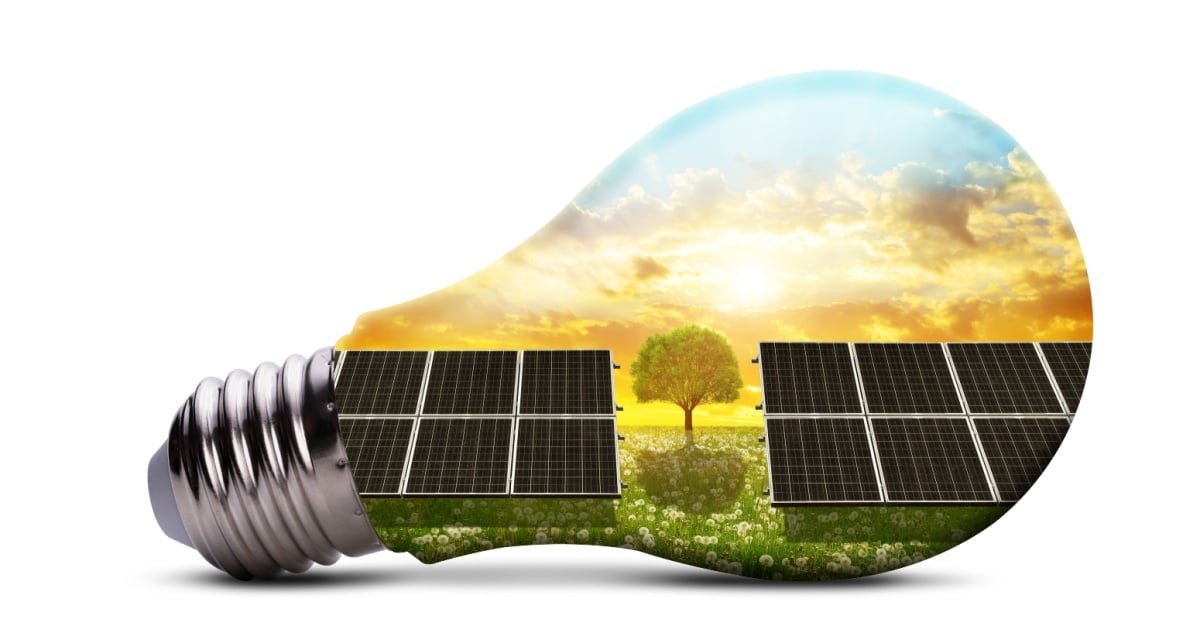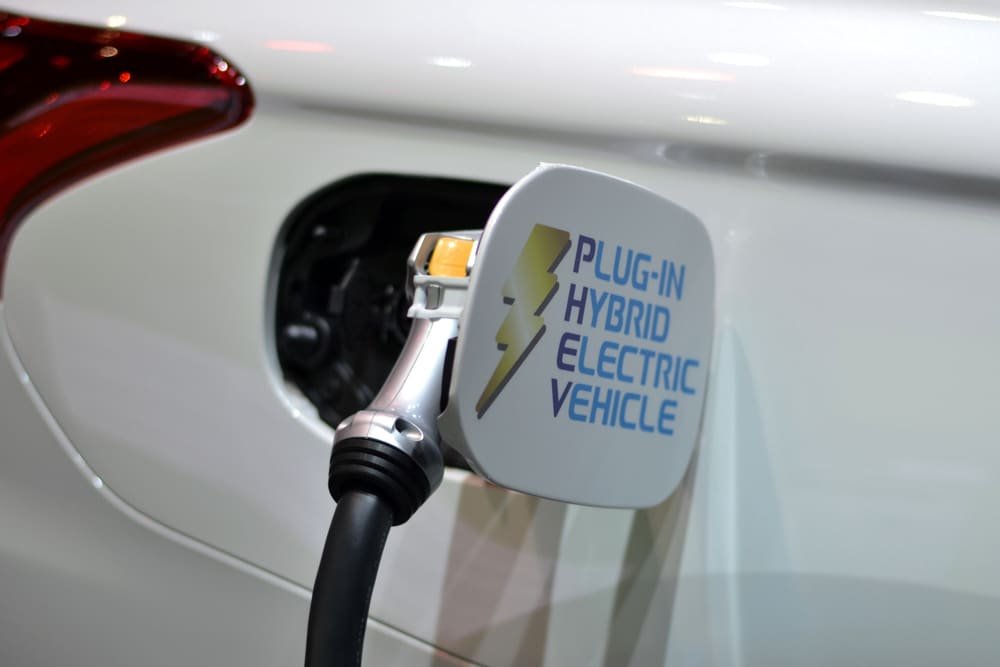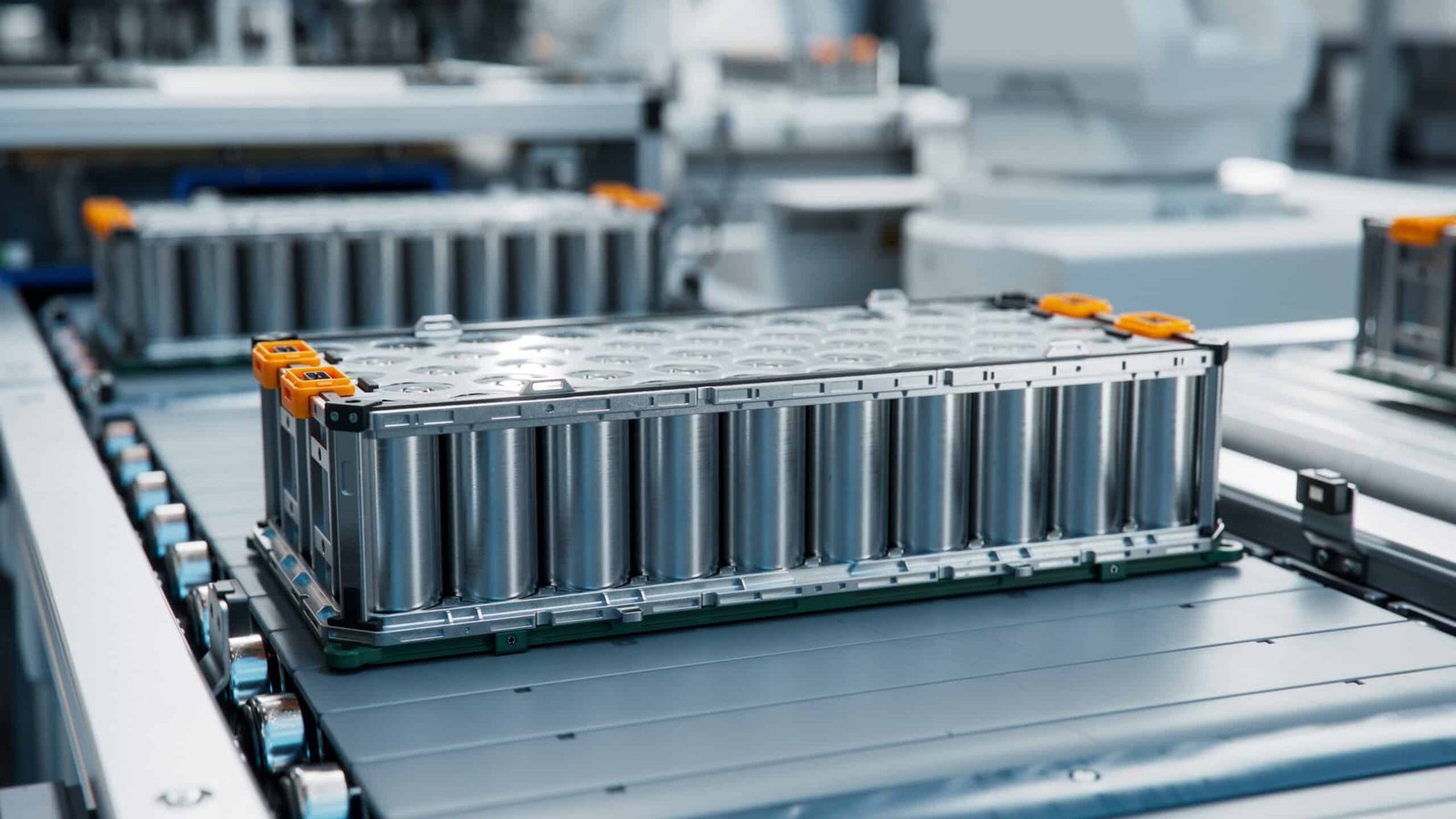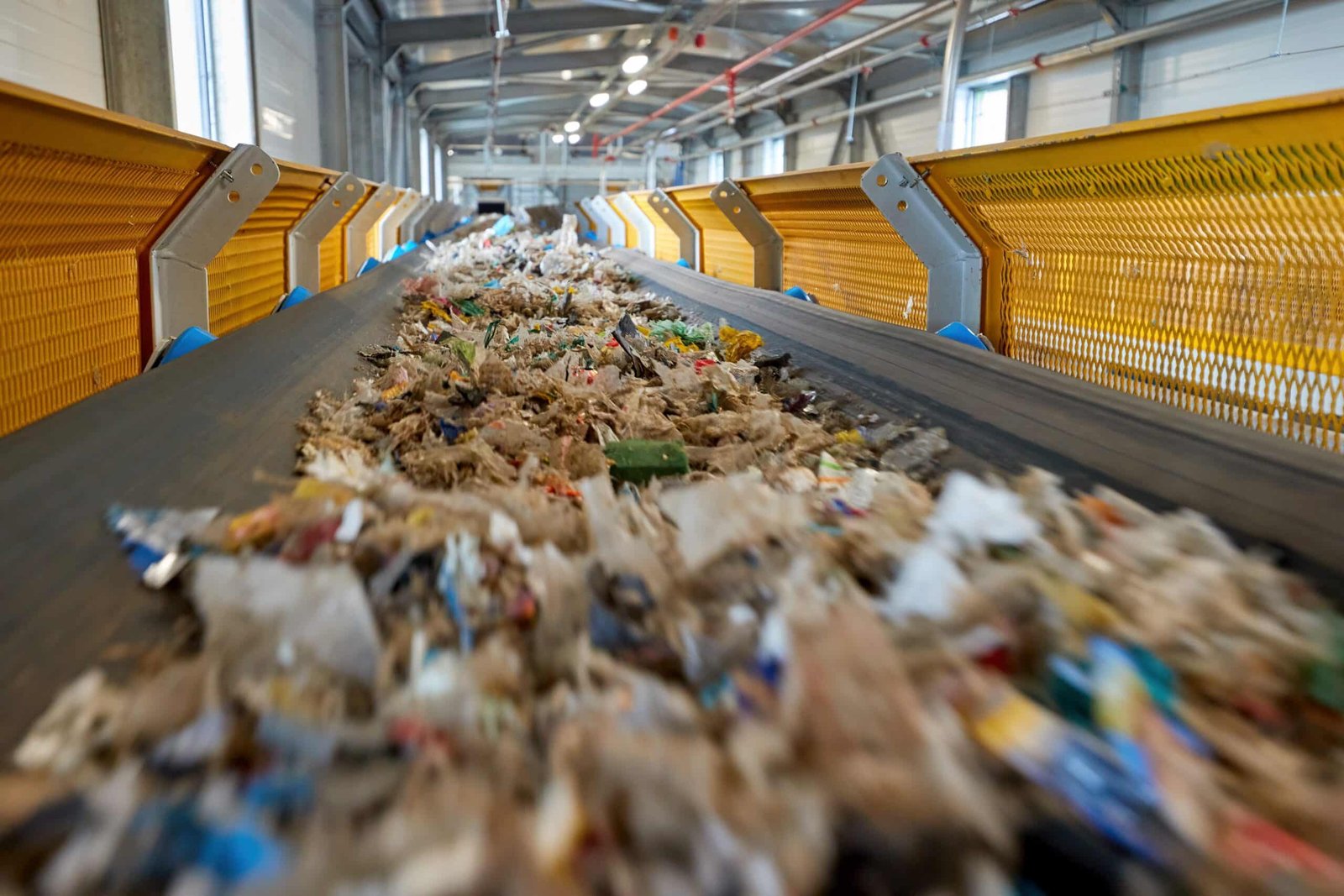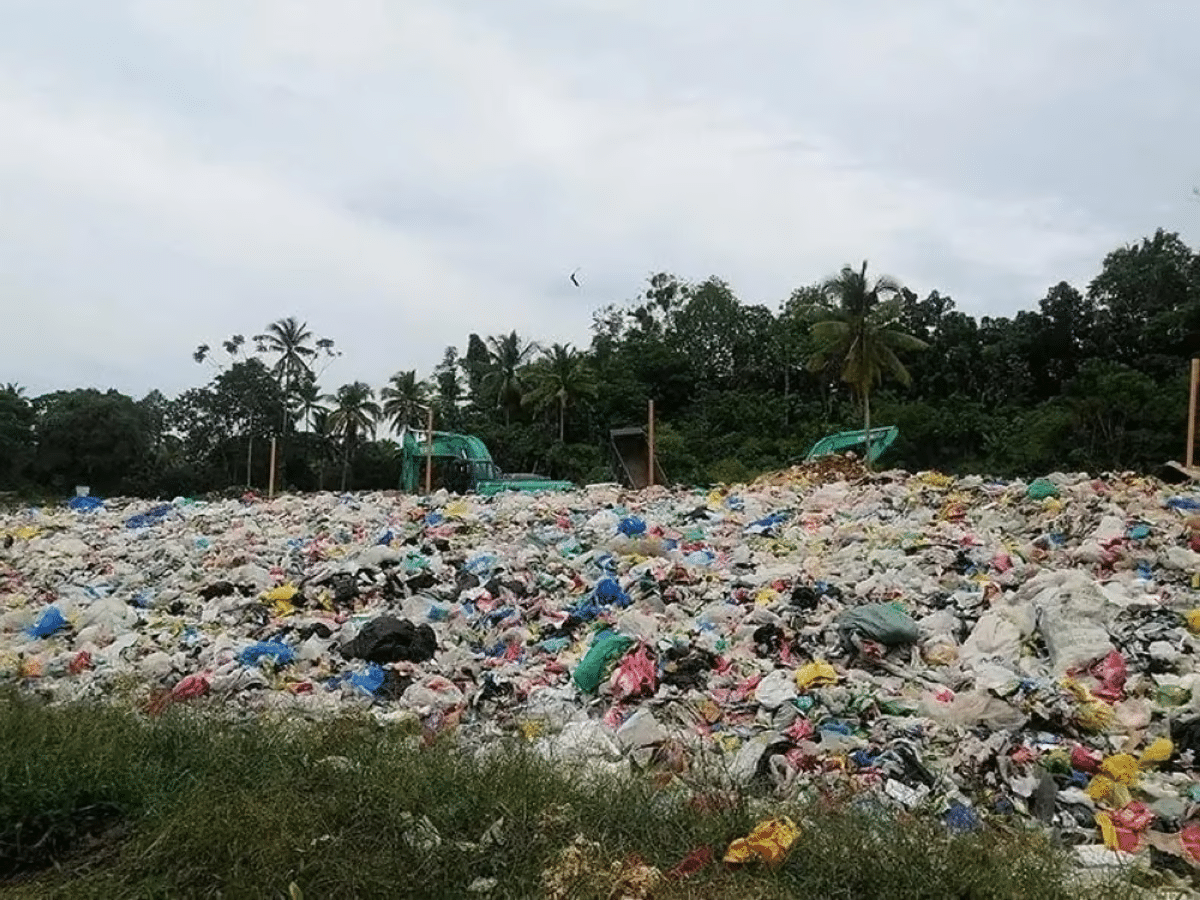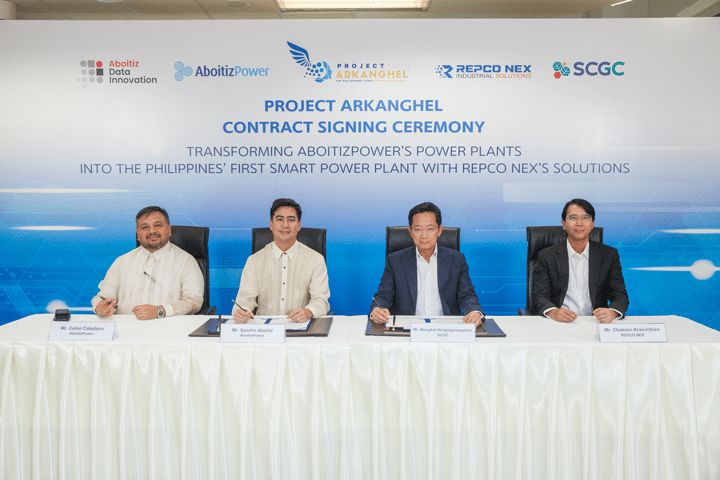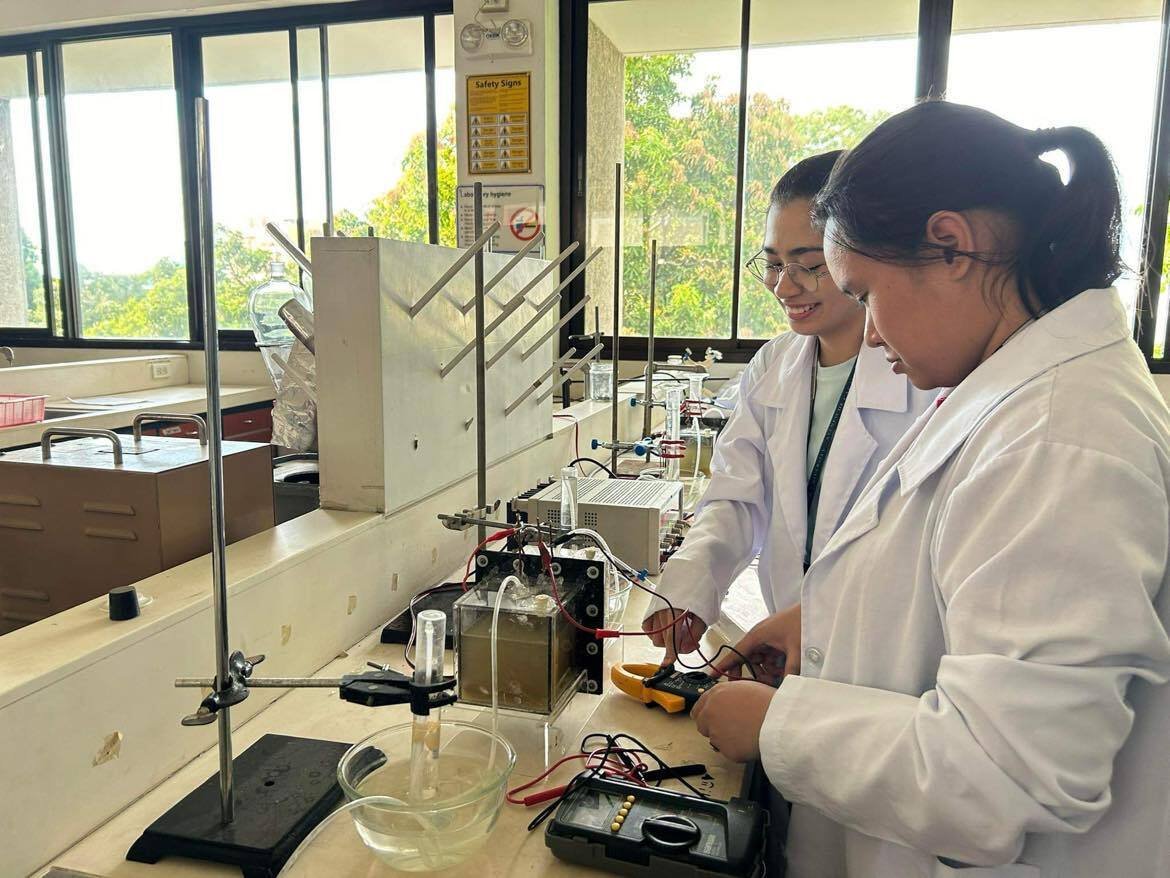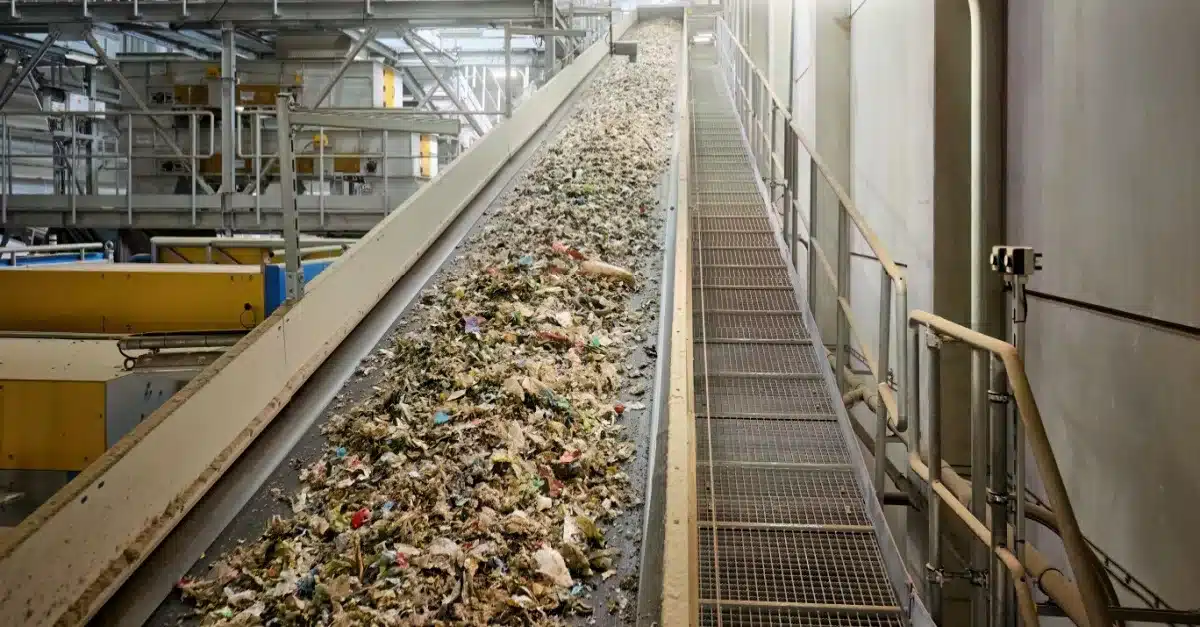
Table of Contents
The Department of Energy (DOE) is set to release 170 megawatts (MW) of capacity in its upcoming Green Energy Auction (GEA), with a focus on innovative waste-to-energy (WTE) projects.
According to the preliminary terms of reference, the auction’s installation target will be divided into five carefully planned lots across Luzon, Visayas, and Mindanao. Luzon is set to draw 120 MW from flagship WTE projects using city-collected garbage from Metro Manila. Meanwhile, Visayas and Mindanao will host two lots each, with capacity targets of 20 MW and 30 MW, respectively.
Waste from Bacolod and Cebu will power the Visayas projects, with Mindanao facilities sourcing their feedstock from Cagayan de Oro and Davao.
WTE is the process of generating electricity or heat by converting waste materials into energy, reducing landfill use, and producing renewable energy (RE).
The DOE states that integrating WTE projects into the GEA is crucial to strengthening energy security while promoting environmental sustainability. Beyond expanding the power supply, these projects are also being framed as a practical approach to addressing the country’s ongoing flooding issues.
The special auction kicks off in January 2026, with projects expected to wrap up by late 2027. Early WTE facilities could start feeding power into the grid as soon as 2028.
(Also read: Local Climate Defenders Urge RCBC to Cut Coal Ties)
Mindanao drives RE growth
In July, local and Northern Mindanao civil society groups signaled their willingness to work closely with government agencies to accelerate the region’s shift toward RE.
Ben Cyrus Ellorin, leader of the Consumers for Renewable Energy Action in Mindanao (CREAM), emphasized that speeding up the shift to RE is vital for building resilient communities amid increasingly frequent and severe climate impacts. He noted that Mindanao still has untapped potential for clean energy, pointing out that the island only moved from largely hydropower-based electricity to coal and diesel over the past nine years.
Rehabilitating and upgrading the Agus-Pulangi Hydropower Complex (APHC) has been proposed as a key step in Mindanao’s energy transition. With projected generation costs below ₱2 per kilowatt-hour, the APHC represents a practical and cost-effective opportunity to expand clean energy in the region.
David Tauli, director of the Institute of Power Sector Economics and member of Konsumanteng Kagayanon, highlighted efforts to achieve RE parity by 2030 through Electricity Decarbonization Programs. These initiatives encourage households to shift from coal to rooftop solar, targeting participation from at least 10 million homes by 2030.
Konsumanteng Kagayanon outlined in a recent policy brief its ambition to have renewables account for 50 to 60% of the energy mix by 2030, promoting green power that rivals conventional sources in affordability.
Al Brito, president of the Cagayan de Oro Chamber of Commerce, stressed that quickly rehabilitating and upgrading the Agus-Pulangi Hydropower Complex could attract more investment by lowering power costs. He noted that steep electricity prices are “driving away investors, depriving Mindanaoans of opportunities to earn decent jobs.”
(Also read: Electrification Sparks New Prosperity in Davao)
Alsons champions RE in Mindanao
During the 34th Mindanao Business Conference development workshop, the Alsons Power Group announced that it is ramping up its RE initiatives to deliver affordable, sustainable power across Mindanao and the Visayas.
CEO Antonio Miguel B. Alcantara highlighted that the company remains committed to expanding its hydro and solar energy projects.
“Several hydro and solar initiatives across Visayas and Mindanao are in various stages of development, and we are on track to launch our first large-scale solar plant in Mindanao within this year,” he announced.
Currently, the company operates a hydropower facility in Maasim, Sarangani, with two more under development. It also runs a hydropower plant in Bago, Negros Occidental, and a river-based plant in Sindangan, Zamboanga del Norte.
He added that improving electrification in Mindanao is not just about delivering energy; it is about unlocking the region’s potential and driving progress. “It’s about uplifting lives, fueling growth, and giving every family, every business, and every student a fair chance at a better future,” he said.
According to Alcantara, stable, sustainable, and affordable power is crucial to unlocking Mindanao’s economic potential. Reliable energy will spur business growth, boost productivity, and enhance quality of life. He added that the region is set to be a key driver of national growth, with its economy projected to expand by 6 to 7% in 2025.
Sources:
https://www.philstar.com/business/2025/11/09/2485761/doe-targets-170-mw-waste-energy-auction
https://www.pna.gov.ph/articles/1255073
https://mindanews.com/business/2025/08/alsons-pushes-renewable-energy-sources-for-mindanao-visayas

